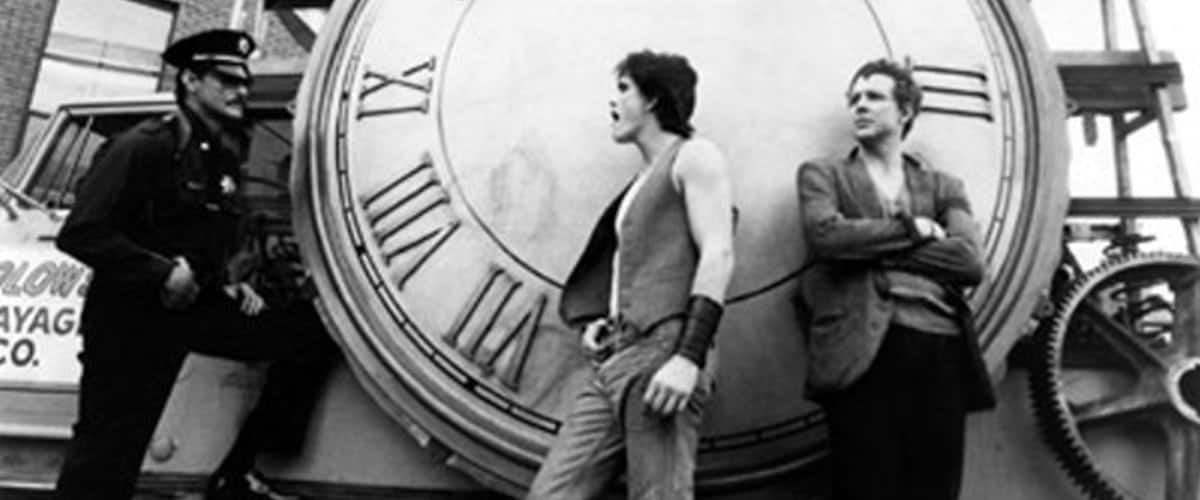
By Michael McNulty
Maybe you run a weekly Friday Film Night round your place where you invite your friends and screen a film. Only problem is you haven’t got a clue what to screen tonight. Well, worry not, here’s this week’s Forgotten Film Friday pick and it’s a good’un.
The Motorcycle Boy Reigns sprayed across a brick wall squeezed between shots of passing clouds opens Francis Ford Coppola’s 1983 film, Rumble Fish. Coppola jokingly dubbed it an art film for kids and arguably it just might be.
The second film in the space of a year to be based on an S.E. Hinton novel and adapted for the screen by Francis Ford Coppola, the first of course being, The Outsiders. Rumble Fish saw little of the commercial success and critical acceptance that The Outsiders enjoyed and slowly faded away. However, Rumble Fish is a film to be remembered. This is a cool flick that plays out like a fever dream. It’s all style, rich in texture and gothic expressionism. Smoke, shadows and moody with a baroque edge.
It’s bares the marks of a teen hood film and centres on a Rusty James, a young Matt Dillon, a roughneck teen who rides on the coattails of his brother’s, The Motorcycle Boy (Mickey Rourke), legendary status. Rusty James fights, drinks, fools around on the girl he’s going steady with and wears his rumble scars proudly. With the return of his brother from California Rusty James dreams of going back to the good old days of running the streets. However, The Motorcycle Boy has transcended this desire, and wants nothing more than for his past to stay in the past and this is the tension of the film.
In terms of concrete narrative Rumble Fish offers little, but it’s less about plot and more about feeling and the film is styled in such a way that it all works. Coppola creates a nightmarish neverland that feels timeless and mythic. Rumble Fish looks like it’s set in the 1950s with the boys hanging out in malt shops, pool halls, sporting denim and rockabilly haircuts, but the cars and bikes suggests a more contemporary time period. There are clocks everywhere, but their purpose is not to tell time, only to serve as a reminder of its existence, trapping the characters in a claustrophobic world of disillusionment and disaffection, where reality feels fabricated and nothing feels like it is ever moving forward.
The black and white photography employed serves to reflect The Motorcycle Boy’s colour blindness as well as his sombre and pessimistic outlook on the world. Coppola furthers this by blending expressionism with the realities of urban decay, infusing Rumble Fish with low lighting, exaggerated shadows (some of which were painting onto buildings), fog and time lapse photography.
Ultimately Rumble Fish is about youth and ennui, alienation and despair. Sometimes it’s heavy handed and sometimes it’s pretentious, but at that age who isn’t? Like the words that eternalized The Motorcycle Boy, let them too eternalize this film, Rumble Fish reigns.